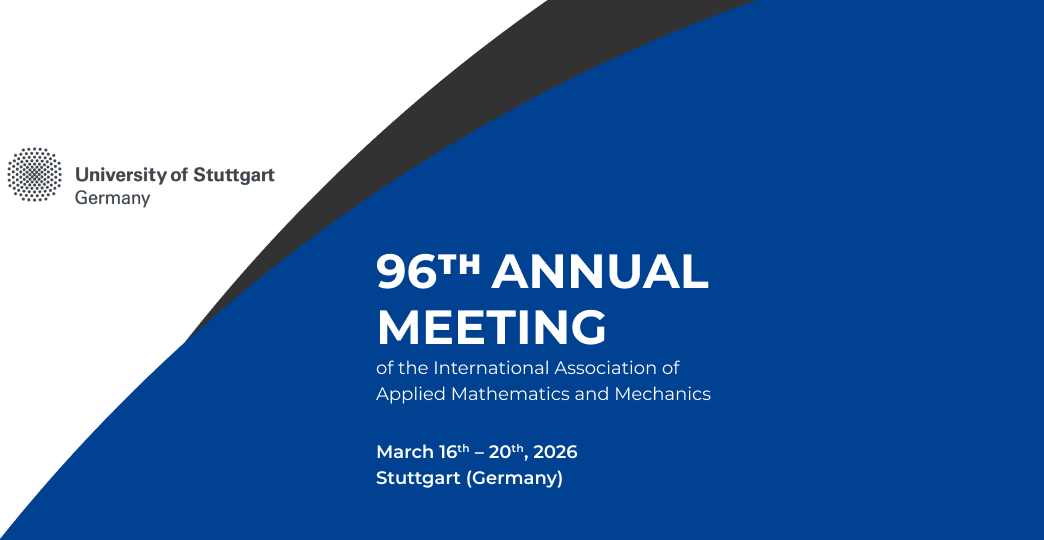Mathematics
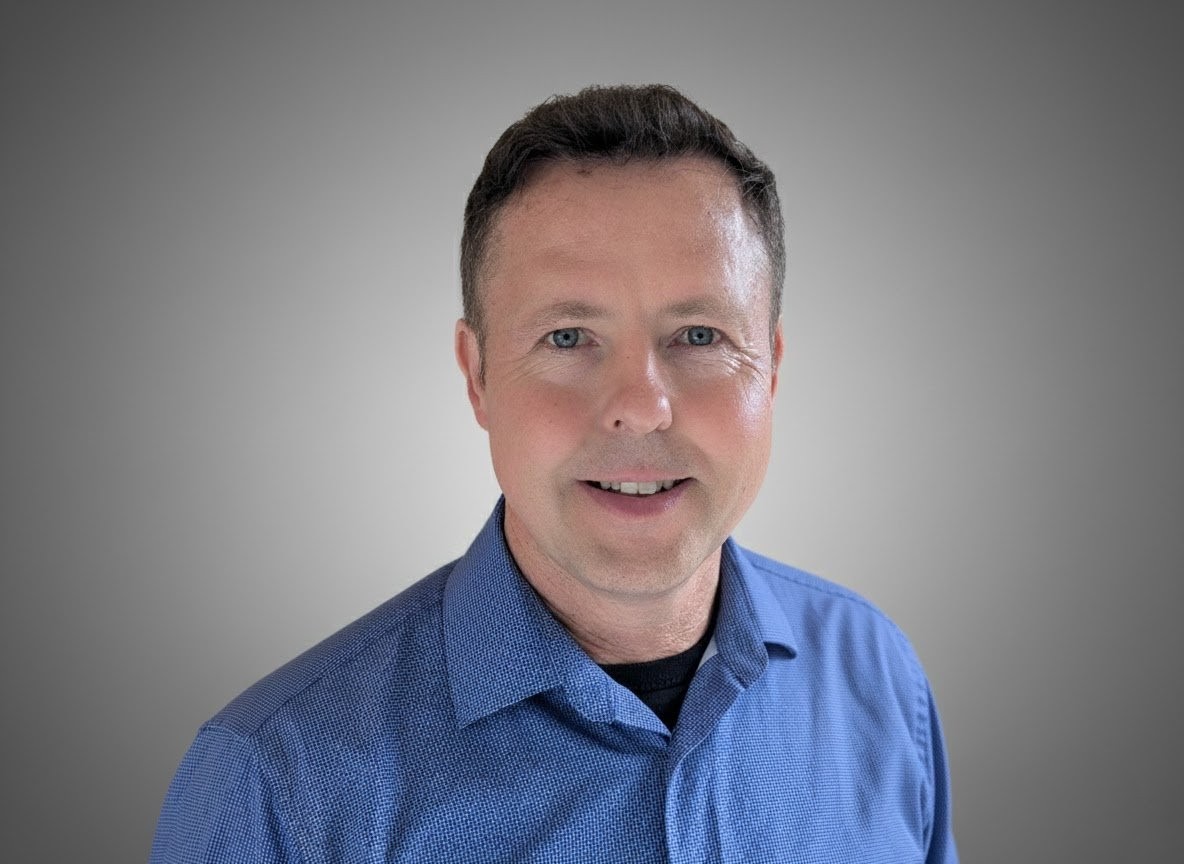 Per-Olof Persson University of California, Berkeley “The Solver Bottleneck: Past, Present, and Future of Scalable Solvers for High-Order Methods” Per-Olof Persson is a Professor of Mathematics at the University of California, Berkeley, and a Faculty Senior Scientist at the Berkeley Lab. He received his Ph.D. from the Massachusetts Institute of Technology in 2005, where he also developed the widely used DistMesh algorithm for unstructured mesh generation in implicit and deforming geometries. He has also worked for several years on the development of commercial numerical software, such as the finite element package COMSOL Multiphysics. His research focuses on high-order discontinuous Galerkin methods for computational fluid and solid mechanics, spanning efficient discretizations, scalable solvers, and adjoint-based optimization. A second key area of his research is mesh generation, where he has developed methods for space-time and curved meshes, as well as new approaches based on machine learning. |
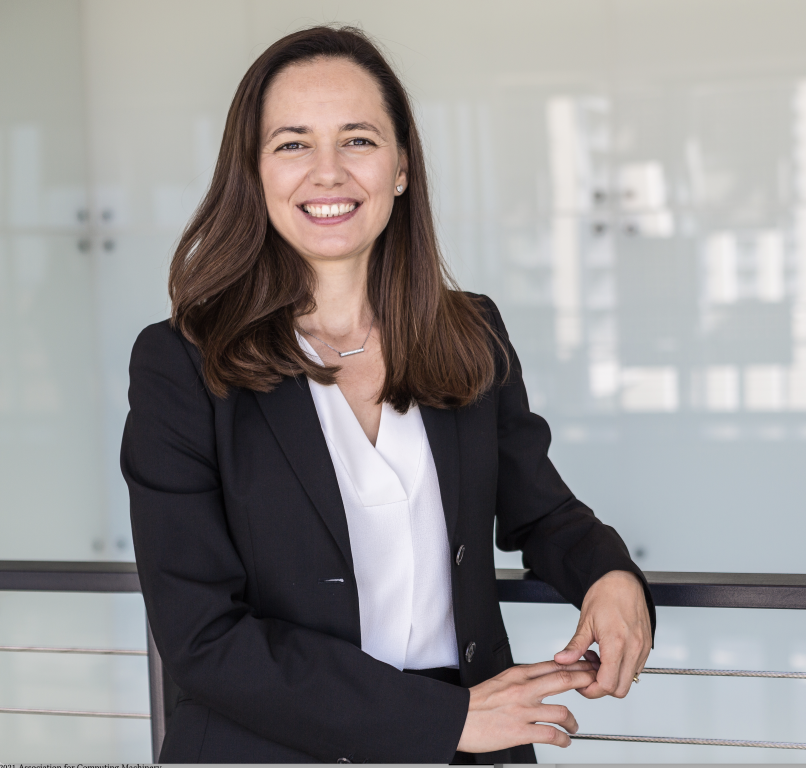 Noémi Petra University of California, LA “Large-scale Bayesian inversion with complex models” Noemi Petra is a Professor in the Department of Applied Mathematics at the University of California, Merced. She earned her Ph.D. degree in Applied Mathematics from the University of Maryland, Baltimore County, USA. Prior to joining University of California, Merced she was the recipient of a Peter O’Donnell Jr. (former ICES) Postdoctoral Fellowship and later held a Research Associate position at the Oden Institute for Computational Engineering & Sciences at The University of Texas at Austin. She received an NSF CAREER grant award in 2017 and in 2019 she and collaborators received the SIAM Computational Science & Engineering Best Paper Prize. She is currently an Associate Editor for the SIAM/ASA Journal on Uncertainty Quantification and for the Research Spotlight Section of SIAM Review, and the Chair and founding officer of the Northern Central California Section of SIAM. Her research interests include large-scale Bayesian inverse problems governed by differential equations, uncertainty quantification in inference and prediction, and optimal experimental design. Her research is commonly driven by real-world applications such as the dynamics of ice sheets and power grid. |
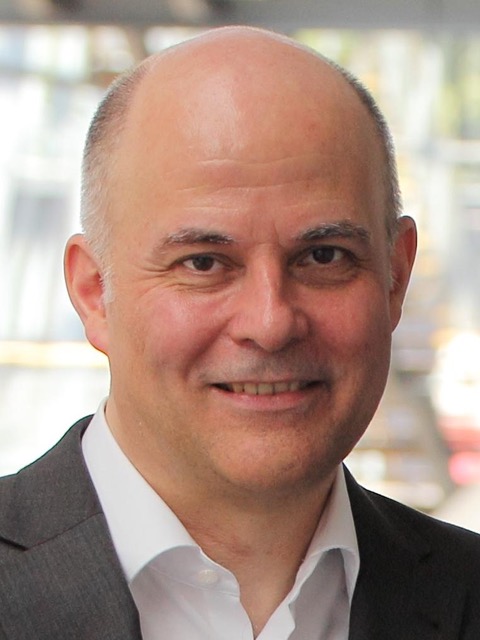 Michael Ulbrich Technical University of Munich, Germany “When PDE-constrained optimization becomes nonsmooth — and how we treat it” Michael Ulbrich has held the Chair of mathematical Optimization at the Technical University of Munich (TUM) since 2006. Prior to joining TUM, he was a professor at the University of Hamburg (2002–2006). He spent extended research stays at Rice University, Houston, TX, in 1996/97 and 1999/2000. He received his doctorate in 1996 and his habilitation in 2002, both from TUM. Michael Ulbrich’s research focuses on the theory, numerical methods, and applications of large-scale nonlinear optimization, PDE-constrained optimization and control, stochastic optimization, variational inequalities, and nonsmooth problems. He has published two monographs in the field of PDE-constrained optimization (MOS–SIAM and Springer) and an introductory book on nonlinear optimization (Springer). Michael Ulbrich received the SIAG/CST Best SICON Paper Prize in 2021 (with L. Hertlein) and the Howard Rosenbrock Prize in 2015 (with M. Simon). He serves as Editor-in-Chief of Optimization and Engineering and is a member of the editorial boards of Mathematical Programming Computation, SIAM Journal on Scientific Computing, Journal of Nonsmooth Analysis and Optimization, and Numerical Algebra, Control and Optimization. |
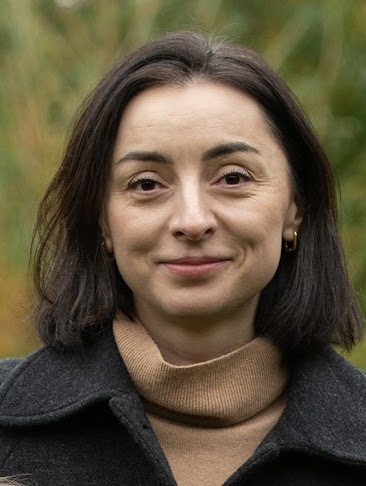 Ewelina Zatorska University of Warwick, UK “Analysis of the Multi-Dimensional Generalization of the Aw-Rascle Model” Ewelina Zatorska is a Polish mathematician who works in England as a professor of mathematics at the University of Warwick. Her research involves the mathematical analysis of partial differential equations such as the Navier–Stokes equations and the study of the existence and behavior of solutions to these equations. Zatorska worked as a science entertainer at the Copernicus Science Centre, a science museum in Warsaw, before completing her master’s degree in mathematics at the University of Warsaw in 2009. She completed her Ph.D. there in 2013, under the joint supervision of Piotr Mucha and Milan Pokorný. She became an assistant professor at the University of Warsaw from 2013 to 2017, while also doing postdoctoral research at the École polytechnique in France from 2013 to 2014, working as a research assistant at the Polish Academy of Sciences from 2014 to 2015, and continuing her research as a Chapman Fellow at Imperial College London from 2015 to 2017. In 2017, she took a lectureship at University College London, where she was promoted to senior lecturer in 2020. In 2020 she moved to Imperial College London where she was promoted to reader in 2023. She also received a habilitation in 2021 through the University of Warsaw. In 2023 she moved to her present position as professor at the University of Warwick. She is also a visiting professor and honorary staff member at Imperial College. |
Mechanics
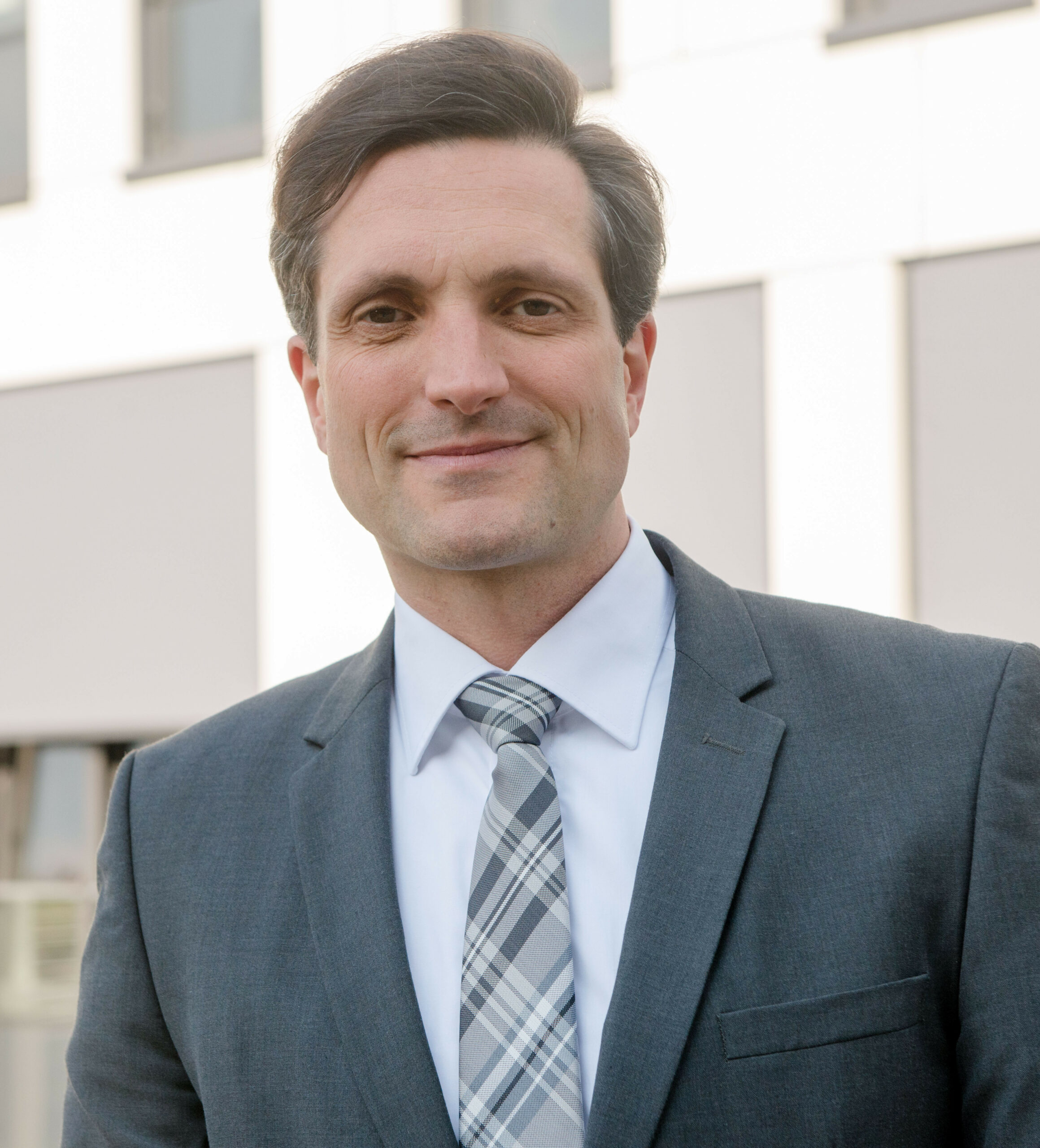 Daniel Balzani RU Bochum, Germany “Modeling Damage with Nonlocal Approaches for Mesh-Objectivity – Time to Relax?” Daniel Balzani is Full Professor of Continuum Mechanics and Dean of the Department of Civil- and Environmental Engineering at Ruhr University Bochum in Germany, where he served as Vice Dean from 2023 to 2025. Previously, he held the Open-Topic Full Professorship of Mechanics at the Technical University of Dresden from 2014 to 2017. Daniel Balzani graduated with a degree in civil engineering from the University of Duisburg-Essen in 2003 and received his doctoral degree from the Technical University of Darmstadt in 2006. He was a postdoctoral researcher in Essen until 2009, when he moved to Hanover to serve as a substitute professor for one year. Then, he visited Caltech in Pasadena, California, as a research fellow for seven months before returning to Essen as a senior researcher to finish his habilitation in 2012. His research interests include the computer simulation and modeling of micro-heterogeneous materials, particularly multiphase steels, metal matrix composites, soft biological tissues, textile membranes, and reinforced concrete. He develops continuum mechanical formulations at large strains for elasticity, anisotropy, damage, as well as active, adaptive and electro-mechanically coupled tissue response. He also focuses on deriving robust and efficient numerical methods for multiscale simulations of complex materials, including uncertainties. Daniel Balzani has co-authored more than 100 peer-reviewed journal articles, almost 20 book contributions and numerous conference proceedings. He has received several awards, including the M.I.T. Fellowship Award in 2005, the Richard von Mises Prize in 2009 from the International Association of Applied Mathematics and Mechanics (GAMM e.V.), the Heinz Maier-Leibnitz Prize in 2010 from the German Research Foundation (DFG), and the Bädeker Prize in 2013. |
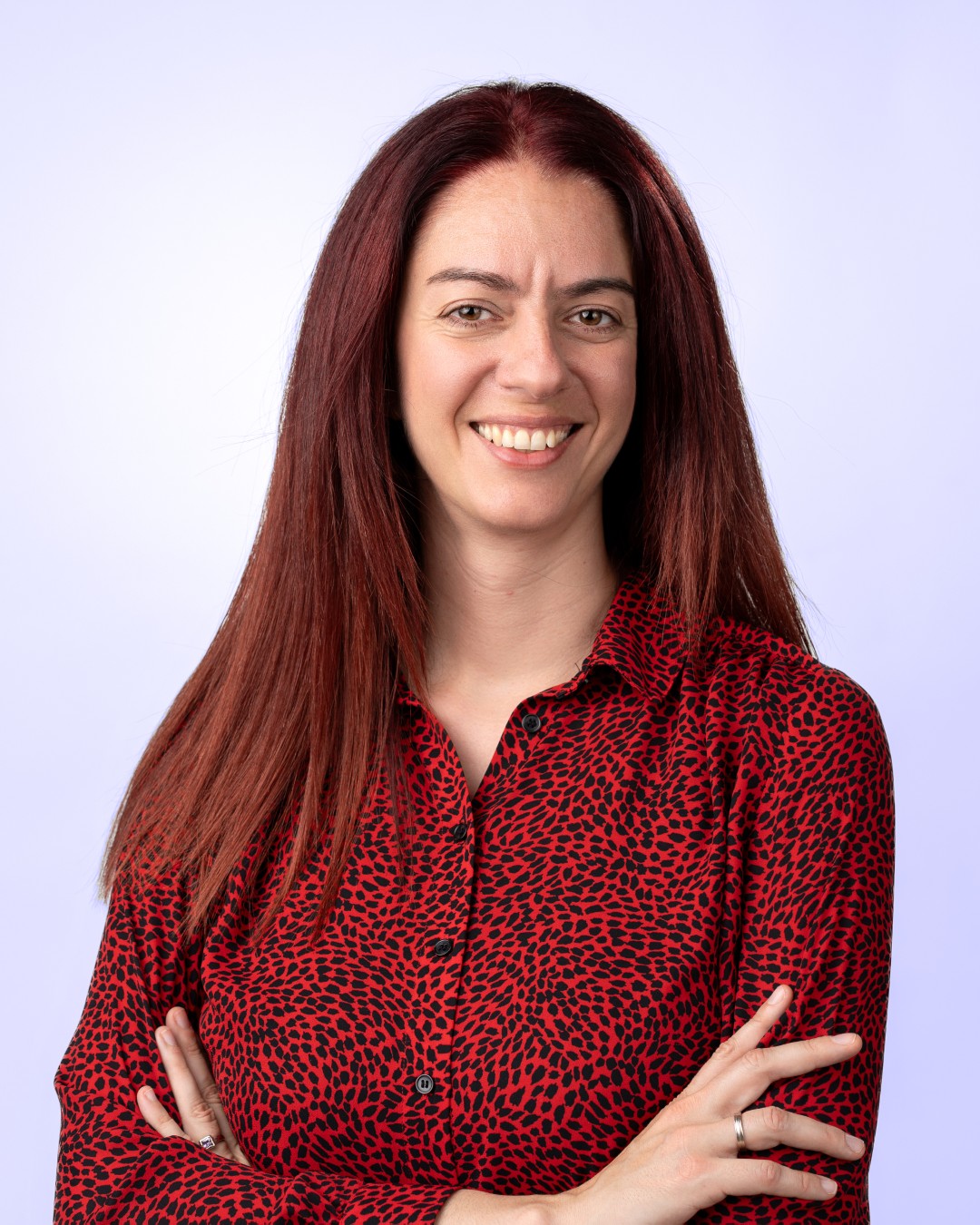 Eleni Chatzi ETH Zurich, Switzerland “From Models to Twins: Parametric Reduction for Adaptive Intelligence” Eleni Chatzi is Full Professor and Chair of Structural Mechanics and Monitoring at ETH Zürich and President of the European Academy of Wind Energy (EAWE). She holds a PhD from Columbia University (2010). Her research focuses on Structural Health Monitoring, hybrid modelling for digital twins, and data-driven decision support for infrastructure. Her work, including the ERC project WINDMIL, has earned major distinctions such as the ASCE Walter L. Huber Prize, the EASD Junior Research Prize, and the 2024 SHM Person of the Year award. |
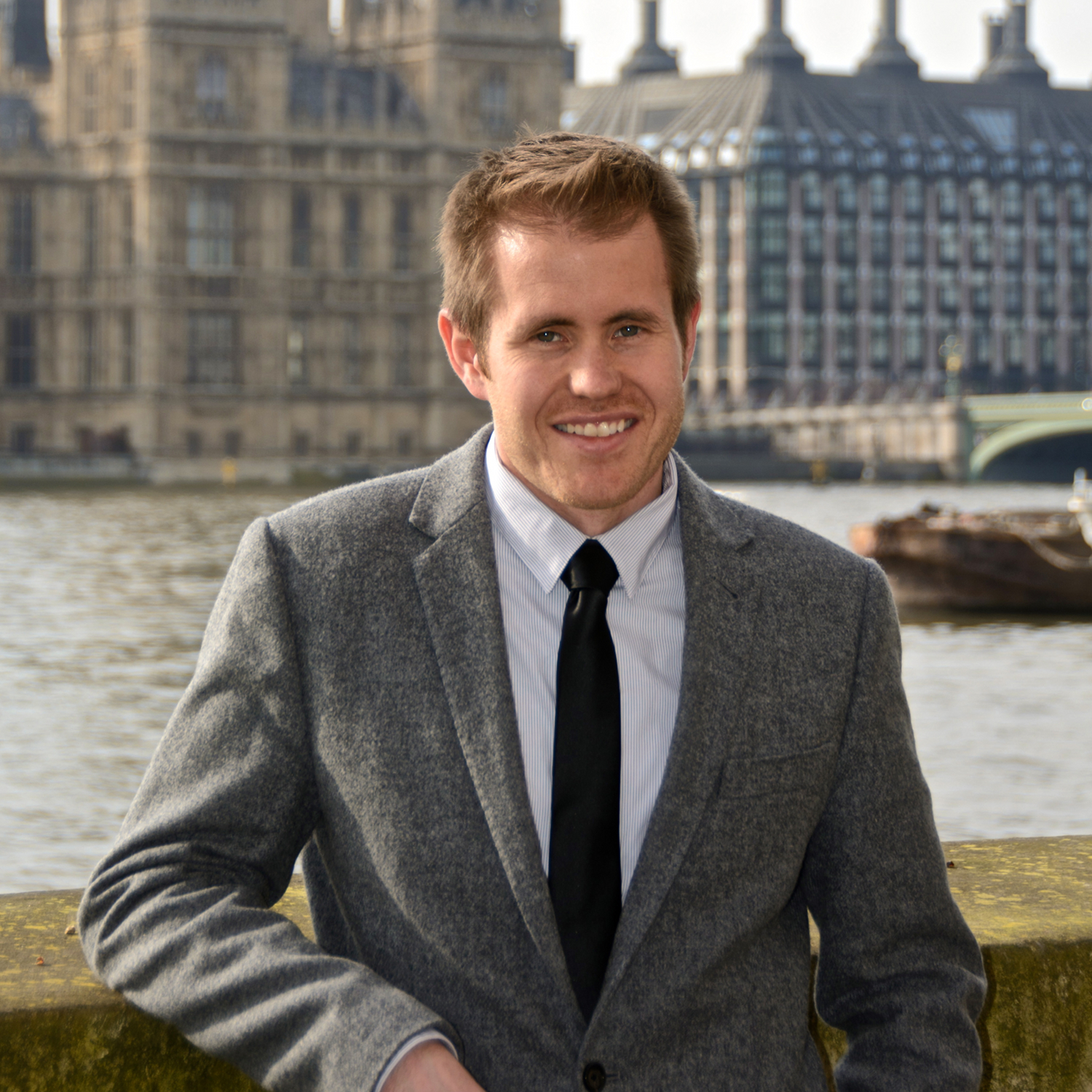 David Nordsletten University of Michigan, USA “The Power that Binds Us: Computational Biomechanics in the Heart” David Nordsletten is a Professor of Biomedical Engineering and Cardiac Surgery at the University of Michigan, Ann Arbor. He graduated with an BS degree in Biomedical Engineering and a Minor in Mathematics from the University of Minnesota, received a Whitaker fellowship to pursue a DPhil degree in Computer Science from Oxford University, and was a postdoctoral researcher at Massachusetts Institute of Technology and Oxford University. Dr Nordsletten was the recipient of a Healthcare Technology Challenge Award fellowship from the EPSRC. He also serves as editor-in-chief for the Springer-Nature Journal, Biomechanics and Modeling in Mechanobiology. His research team focuses on the development of heart and cardiovascular models and modeling techniques, with particular emphasis on integrating imaging and biomechanics / fluid mechanics principles. |
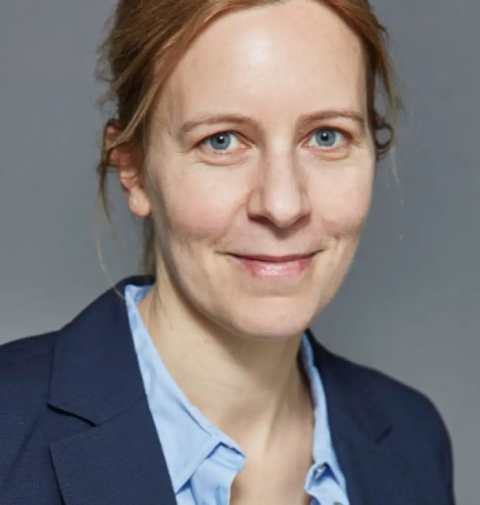 Katrin Schulz KIT, Germany “Digital Twins in Materials Mechanics: FromDescriptive to Predictive Models” Katrin Schulz is Professor of Material Mechanics and leads the research group “Scale Bridging Computational Methods” at the Karlsruhe University of Applied Sciences and Karlsruhe Institute of Technology. Her work focuses on multiscale modeling of material behavior, bridging discrete dislocation dynamics and continuum mechanics through data-driven and physics-informed approaches. After earning her PhD at the Karlsruhe Institute of Technology (KIT) and conducting research at the Massachusetts Institute of Technology (MIT), she completed her habilitation on continuum dislocation dynamics. Prof. Schulz has received multiple awards, including the Helene-Lange Prize and the Wrangell fellowship, and serves on the editorial boards of Materials Theory, Modeling and Simulation in Materials Science and Engineering, and the International Journal for Multiscale Computational Engineering. Her group’s recent work integrates machine learning and large-scale simulations to advance the understanding of microstructural phenomena across scales. |
